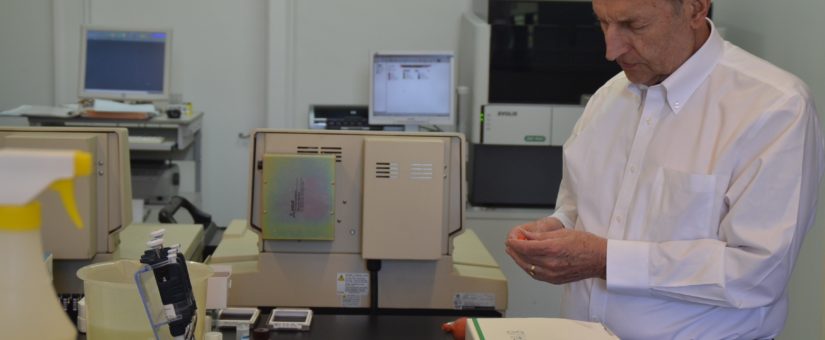One of the barriers to standardizing results across laboratories has been the variety of instruments and reagents that different laboratories use to generate patient results.
Early on, this forced proficiency testing and regulatory agencies to establish peer groups among laboratories being tested. The idea being that the user of a particular instrument would be judged against other laboratories using the same instruments and reagents. This made the analysis of results from these laboratories quite complicated and sometimes laboratories with older or rarer instruments would be graded against very small peer groups, sometimes only themselves, which made them essentially not graded. In addition, the differences between peer groups could vary widely depending on the analyte being tested.
Essentially, two things needed to happen before the surveys could be compared across all instruments and reagents.
First, there needed to be a clear reference procedure for any particular analyte that would give a value for that analyte that transcended any instrument or reagent. These had been long in coming, but recent years have seen more and more analytes being measured by reference laboratories practicing reference procedures.
Second a commutable source of material that could be measured by all instruments needed to be developed. Commutability here meant that the analysis derived from one instrument or method would be applicable (that is commuted) to all instruments or methods used to measure this analyte. This was provided for some time by the simple procedure of sending out fresh patient samples to laboratories by overnight or local delivery services. A good example of this would be the CDC’s Cholesterol Certification Program.
There were many practical problems with this method, not the least of which being that only a limited number of laboratories could be serviced at any one time because the only other source of samples for proficiency testing was lyophilized serum which present many problems so far as mixing and solubility.
To solve these problems, in the late 1990s the CDC, the NCCLS (now known as the CLSI) and Solomon Park produced two pools with varying levels of cholesterol processed by the method described in the CLSI C-37-A procedure. Materials produced by this method are now used for the CDC’s LSP (Lipid Standardization Program) which evaluates approximately 100 laboratories worldwide. The same materials are widely used by the CRMLN (Cholesterol Reference Method Laboratory Network) also widely distributed and monitored by the CDC. Serum produced by the C37-A procedure have also been used in a number of studies and reported in numerous journals.
Serum produced by the C37-A procedure is available at Solomon Park.

